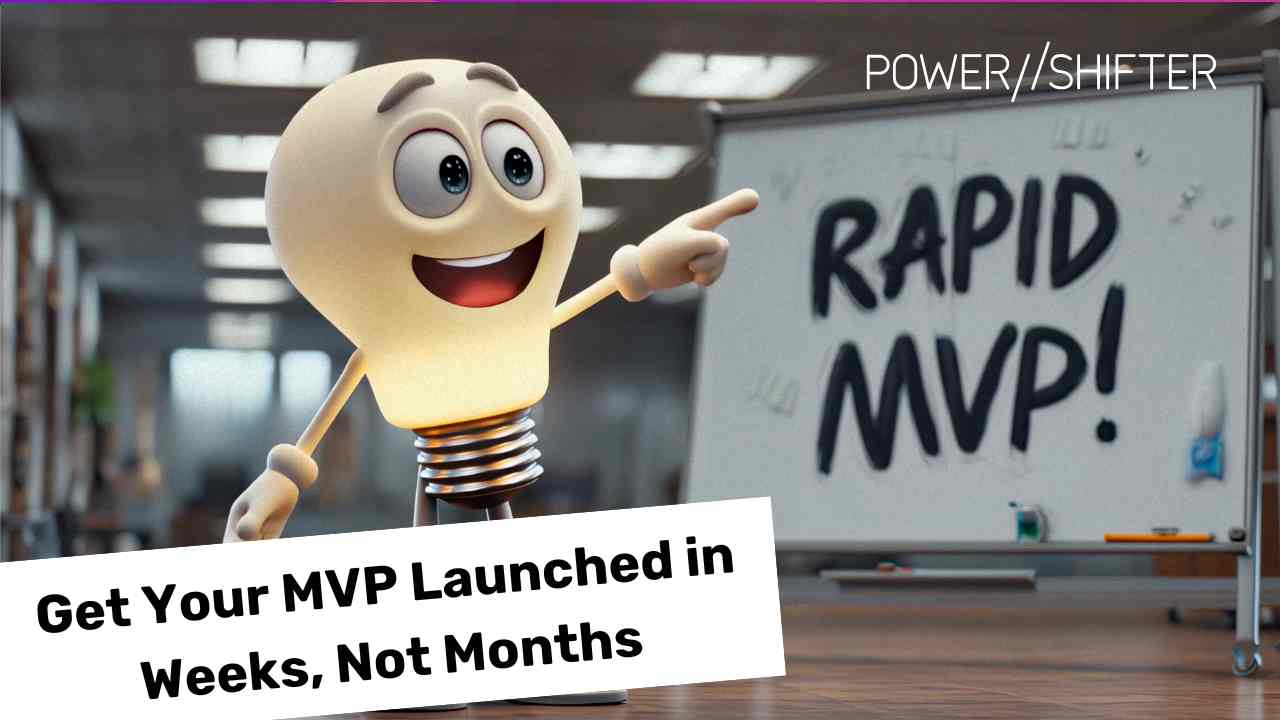COVID-19 brought in-person education to a halt. Students, teachers, parents, and administrators scrambled to adjust to the ‘new normal’ of virtual or hybrid/blended learning. Though hybrid and virtual technologies had been around for some time, the sudden global shift exposed opportunities for innovation to address the widespread lack of student engagement.
The return to school (and the technical issues that were immediately present) meant that product design teams in the education space had to pivot in real-time. We spoke to leaders in the education technology space from the US, Canada, and the UK to learn how their teams worked to meet the challenge of an upheaval in the way we teach.
The experts
- Conor Marley, Product Designer, CourseNetworking
- Gagan Diesh, Director of Product Design, Thinkific
- Maggie Cheung, Senior Product Designer, Chalk
- Paul Stiff, VP Product, Mystery Science (recently acquired by Discovery Education)
- Judy Peritz Wynne, Education Technology Leader, previously at Firefly Learning and 3P Learning
Here’s what they had to say
With most schools shifting rapidly to virtual learning, what were your first COVID-19 aha moments?
Early problems with a deluge of available tools, but no idea how to integrate them properly with each other: The biggest pain point in EdTech is systemic, not featural: educators and students are struggling with a problem of too many tools. There's a sense of overwhelm as the EdTech sector has grown and teachers are struggling to digest the firehose of new tools and resources marketed to them. - Maggie Cheung, Senior Product Designer, Chalk
Simplifying the experience quickly: We quickly understood that we needed to make (distance learning) as easy as possible for everyone. We kept analyzing our offerings, recognizing opportunities to take steps out, to take decision points out of their minds. How (and where) could we do an extra job for the teachers?- Paul Stiff, VP Product, Mystery Science
Lack of necessary training: The private sector was more prepared for the shift (to virtual learning) because they had the tools in place, but not everyone knew how to use the resources in relation to distance learning. Initially there was a huge demand for virtual upskill training sessions at the private schools. The state sector didn’t have the platforms, and scrambled to catch up to see how to employ these technologies at scale, and virtually. - Judy Peritz Wynne, Education Technology Specialist
What product design elements did your team focus on in the summer months to prepare for the fall semester?
Emphasizing integrations with commonly used tools: This summer, we added the integration with Zoom considering many teachers are teaching online using this tool. Within a few clicks, users can add their Zoom session to a post, announcement and course activity. - Conor Marley, Product Designer, CourseNetworking
Proactively anticipating infrastructure needs to avoid chaos: After schools abruptly stopped holding in-person sessions, we had time this summer to work on infrastructural upgrades to the systems hosting our products. This allowed us to update core components in our products and streamline operations to better support the uptick in new users we saw as the new school year started. - Maggie Cheung, Senior Product Designer, Chalk
Experiment early, and often, based on measurement and user feedback: Normally we have a playbook for back to school. That wasn’t thrown out the door, but we got really aggressive with a bunch of experimentation - from tags that said ‘popular for distance learning’, to new landing pages, to language tests, new content. We stayed on top of measurement, and then got out and talked to a lot more people. - Paul Stiff, VP Product, Mystery Science
What are your team’s most significant changes moving into this unprecedented time of rapid digital transformation in EdTech?
Software updates that reflect the ‘new reality’: To meet the challenges of virtual learning, we’ve recently launched a product called Pathway LMS that allows learners to move through material at their own pace, and is best suited for online training. - Conor Marley, Product Designer, CourseNetworking
Co-designing with users: We’re unique in that our customers are intrinsically system thinkers themselves. They are tasked with understanding their audience and designing courses that will satisfy their students' needs. We believe this will lead to interesting future initiatives such as co-designing sessions with our customer and breaking down the wall between our product designers and customers so that we can build things together! - Gagan Diesh, Director of Product Design, Thinkific
Increase user research and usability testing: I've seen various ill-thought-out features, but I think the prevailing theme is that EdTech could benefit from more user research and usability testing. Confusing click paths, difficult setup, and accessibility issues end up making educators' lives harder, not easier — all of these could be improved with more focus on involving users in the design process and better understanding the contexts in which they are using these tools.- Maggie Cheung, Senior Product Designer, Chalk
Involve teachers in the development of tools moving forward, as independently designed products will likely end in failure: Software needs to be relevant to the teachers - not simply the development teams sitting in a room thinking ‘I think this is really cool’ but actually when it’s used in the real classroom (or the e-classroom). - Judy Peritz Wynne, Education Technology Leader
A bright future
The pandemic shone a spotlight on an industry that desperately needed a digital transformation. As schools scramble with the challenges of incorporating technology into their classrooms, we are excited to see what innovations surface to meet the needs of teachers and students alike. Thankfully, the experts featured in this article and many others worldwide are dedicated to modernizing education and are working together to build a healthy, integrated, and user-friendly ecosystem.
Want to learn more about how our team can help you incorporte your technology into classrooms around the world? Let’s talk!


















